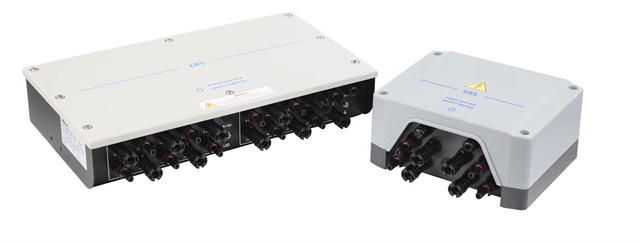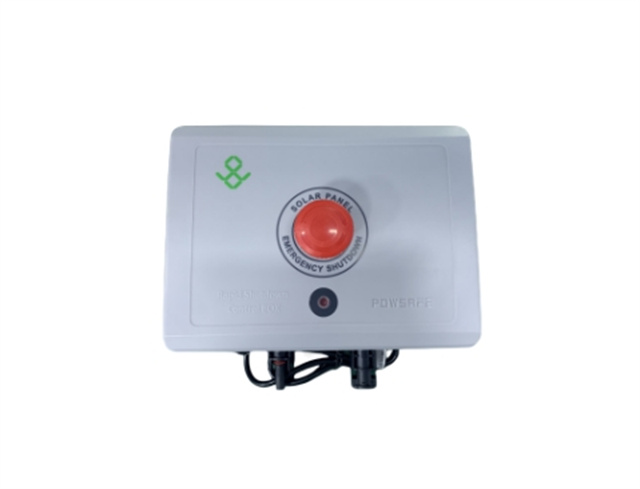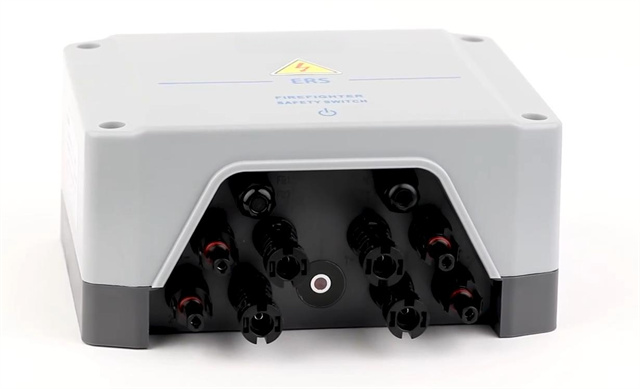Author:BLD Solar Energy SystemFROM:Solar System Converter Manufacturer TIME:2023-08-21
The rapid shutdown inverter is an essential component in the photovoltaic (PV) industry, ensuring the safety and efficiency of solar power systems. Maintenance and care for this crucial device are vital to prolong its lifespan and optimize its performance. This article will delve into the various aspects of maintenance and care for the rapid shutdown inverter, providing valuable insights for system owners and operators.

Regular inspection is a fundamental step in maintaining the rapid shutdown inverter. It involves visually examining the inverter for any signs of damage or wear. Inspections should be conducted at least once every six months or as recommended by the manufacturer. During the inspection, attention should be given to physical integrity, such as checking for cracks, loose connections, or corrosion on the housing and cables. Additionally, it is crucial to inspect the cooling fans for debris, as their proper functioning is essential for preventing overheating.

Firmware updates play a crucial role in optimizing the performance of the rapid shutdown inverter. Manufacturers regularly release firmware updates to address bugs, enhance functionality, and incorporate new features. Keeping the firmware up to date ensures that the inverter operates at its maximum potential and adheres to the latest safety standards. It is recommended to check the manufacturer's website or contact their technical support to stay informed about firmware updates and follow their instructions for installation.

Maintaining a clean and well-ventilated environment is integral to the longevity and optimal performance of the rapid shutdown inverter. Dust, dirt, or other debris can accumulate on the inverter, blocking ventilation and leading to heat buildup. Regularly cleaning the inverter with a soft cloth or brush helps remove these particles and ensures proper airflow. Paying attention to the surrounding area is equally important. Clear any obstructions that may hinder ventilation, such as overgrown vegetation or cluttered objects near the inverter.
In conclusion, proper maintenance and care for the rapid shutdown inverter are essential for the longevity and efficiency of photovoltaic systems. Regular inspections, firmware updates, and maintaining a clean and well-ventilated environment are among the key practices to follow. By implementing these measures, system owners and operators can ensure the smooth and safe operation of their solar power systems, maximizing the benefits of renewable energy generation.
